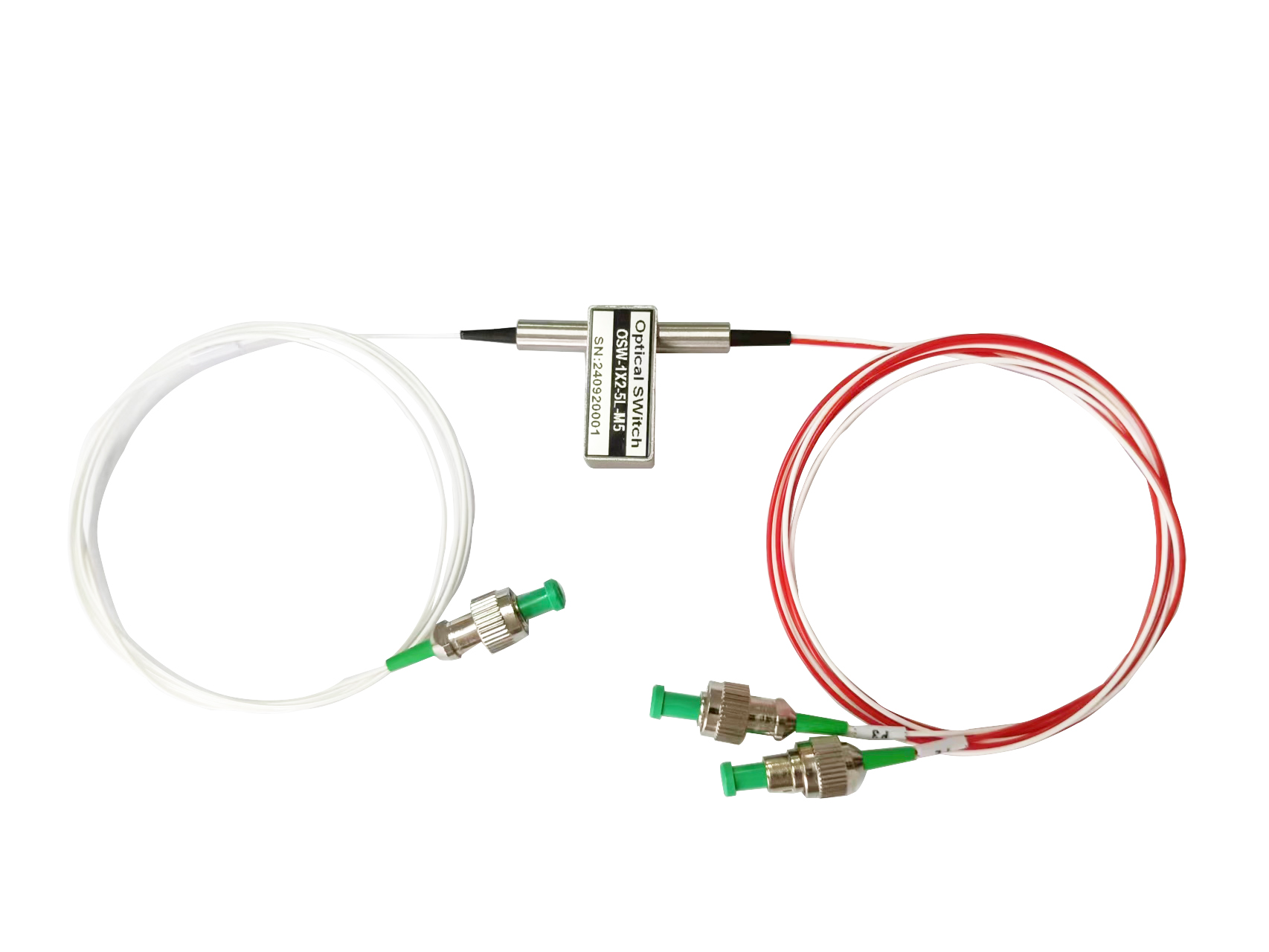The Critical Role of Optical Switch in Quantum Communication: A Teardown of the Mozi Satellite Ground Station Equipment
Introduction: Quantum Communication and the Mozi Satellite
Quantum communication, one of the most revolutionary communication technologies of the 21st century, relies on the no-cloning theorem of quantum states to achieve unconditionally secure communication. The successful launch and operation of China’s “Mozi” Quantum Science Experiment Satellite mark the country’s world-leading position in the field of quantum communication. In this system, ground station equipment plays a vital role, and optical switches, as key components, directly impact the reliability and efficiency of the entire quantum communication system.
Basic Principles and Technical Types of Optical Switches
An optical switch is a device that controls the on/off state of an optical path or switches the transmission path of optical signals. In quantum communication, optical switches must meet several special requirements:
- Extremely low insertion loss (typically <0.5 dB)
- High extinction ratio (>60 dB)
- Fast switching speed (nanosecond level)
- Excellent polarization-maintaining properties
Currently, optical switches used in quantum communication primarily employ the following technologies:
- Mechanical optical switches: Achieve path switching by physically moving optical fibers or components
- Advantages: Low insertion loss, high extinction ratio
- Disadvantages: Relatively slow switching speed (millisecond level)
- Electro-optic switches: Utilize electro-optic effects (e.g., the Pockels effect in LiNbO₃ crystals)
- Switching speed: Nanosecond level
- Insertion loss: ~1–2 dB
- Thermo-optic switches: Based on the thermo-optic effect in silicon waveguides
- Switching speed: Microsecond level
- Suitable for integrated photonic chips
- MEMS optical switches: Micro-electro-mechanical systems (MEMS) technology
- Combine the advantages of mechanical and solid-state switches
Applications of Optical Switches in the Mozi Satellite Ground Station
In the Mozi satellite ground station system, optical switches are mainly used in the following key scenarios:
1. Quantum Signal Routing System

Here, optical switches dynamically distribute received quantum signals to different processing channels, optimizing the signal path in real time based on the satellite’s orbital position and atmospheric conditions.
2. Multi-User Quantum Network Switching
Ground stations often need to serve multiple user terminals or communicate with multiple satellites simultaneously. Optical switch arrays enable:
- Channel switching in time-division multiplexing (TDM)
- Selection of quantum channels at different wavelengths
- Fast redundant switching for faulty links
3. System Calibration and Self-Diagnostics
Optical switches play a critical role in system calibration:
- Introducing standard light sources for calibration
- Cross-verification between detectors
- Automated system performance testing
Key Technical Parameters and Performance Challenges
The optical switches used in the Mozi ground station must meet stringent technical specifications:

Key engineering challenges include:
- Rapid adaptive switching due to atmospheric turbulence-induced signal fluctuations
- Temperature stability in space environments (-30°C to +60°C)
- Performance degradation over long-term operation
Teardown Analysis of a Typical Optical Switch Module
Taking a 1×4 MEMS optical switch from a Mozi ground station as an example:
Mechanical Structure:
- Titanium alloy housing for electromagnetic shielding and thermal stability
- Precision ceramic fiber collimator array
- Micro-mirror array (mirror size: 200×200 μm)
Optical Design:
- Dual-lens system for low-loss coupling
- Quadrant position sensor for mirror angle feedback
- Anti-reflection coating (R<0.1%@1550 nm)
Electronic Control System:
- FPGA-based closed-loop control circuit
- Piezoelectric actuator with 0.001° resolution
- Integrated temperature compensation algorithm
Measured Performance Data:
- Average insertion loss: 0.28 dB
- Switching time: 38 ns (10%–90%)
- Polarization-dependent loss: 0.03 dB
Future Development Directions
Quantum communication imposes higher demands on optical switch technology. Future trends include:
- Integrated photonic chips: Combining multiple optical switches with modulators and detectors on a single chip
- Intelligent adaptive systems: Real-time channel quality prediction and optimization using AI algorithms
- Novel material applications: 2D materials (e.g., graphene) may enable femtosecond-level switching
- Space radiation hardening: Specialized requirements for deep-space quantum communication
Conclusion
As the “traffic controllers” in quantum communication ground stations, optical switches directly influence the reliability and efficiency of the entire system. Through an in-depth analysis of the optical switch technology in the Mozi ground station, we not only observe the cutting-edge features of current quantum communication equipment but also foresee the higher demands that future quantum networks will place on optical switches. As China’s quantum communication network continues to expand, optical switch technology will undoubtedly maintain its indispensable role.

Comments are closed